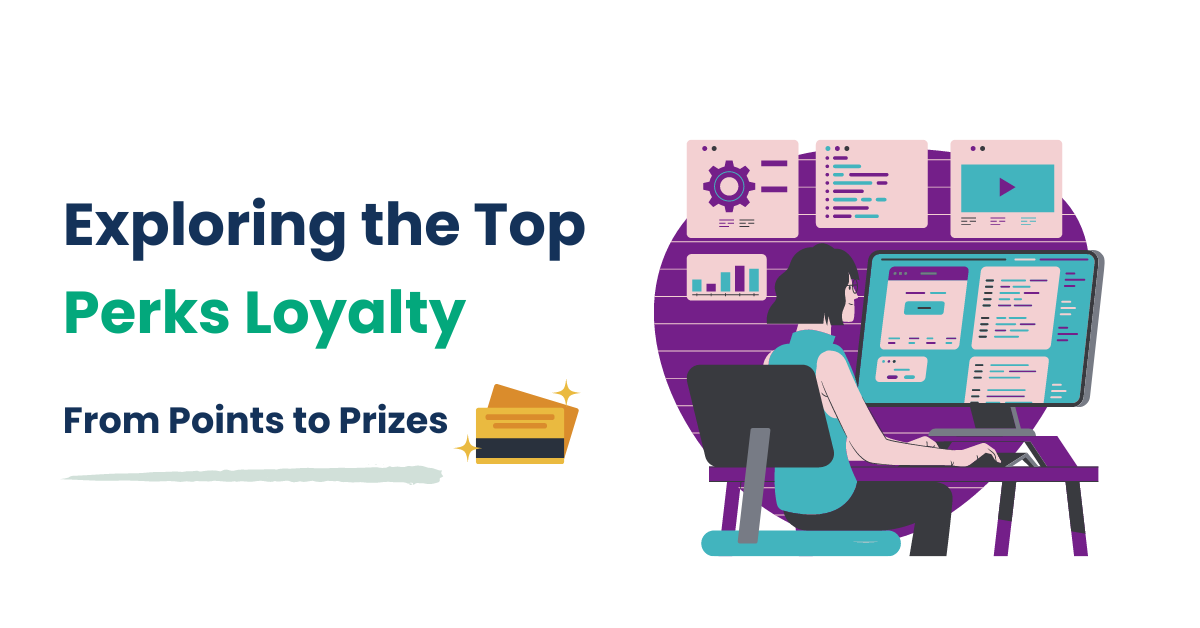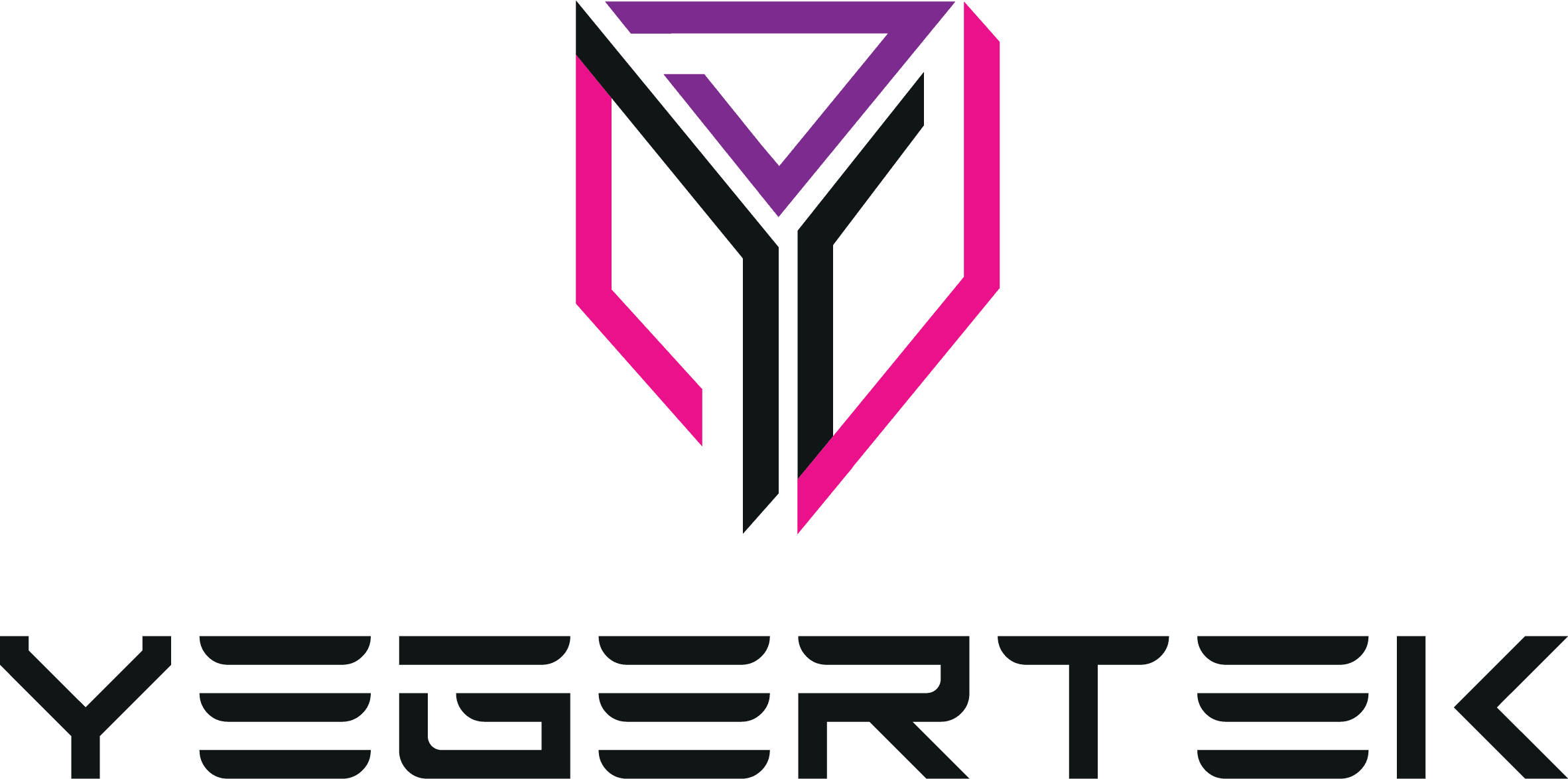
Welcome to the world of Perks loyalty programs, where points are more than just a collection of numbers and prizes are more than just rewards. Businesses in today’s fast-moving, constantly shifting industries are constantly looking for innovative methods to keep their customers returning for more and what better way to do that than by offering enticing perks through loyalty programs?
From airlines to retail stores, loyalty programs have become an integral part of the consumer experience. But what sets the top loyalty programs apart? In this post, we’ll delve into the world of loyalty programs and look at the best advantages they have to offer, like unique opportunities for events and experiences & personalized offers and discounts.
So, strap in and get ready to discover the incredible benefits that await you in the realm of loyalty programs. Get ready to be rewarded like never before!
The Psychology Behind Loyalty Programs
Loyalty programs tap into the basic human desire for recognition and rewards. By offering customers the opportunity to earn points and redeem them for valuable rewards, businesses create a sense of exclusivity and appreciation. This taps into our innate need for social belonging and the desire to feel special.
Customers are more likely to build a deep emotional connection with a business when customers feel cherished & appreciated, which leads to increased loyalty and repeat purchases. Loyalty programs also leverage the power of reciprocity, as customers feel compelled to reciprocate the rewards they receive by continuing to support the business.
Furthermore, loyalty programs tap into the psychological principle of loss aversion. Once customers have accumulated points or rewards, they are less likely to switch to a competitor, as they would perceive losing their hard-earned rewards as a loss. This creates a barrier to exit, effectively locking customers into the brand and increasing their lifetime value. Moreover, psychological loyalty programs create a sense of progress and achievement, as customers strive to reach higher tiers or accumulate more points.
This gamification aspect appeals to our natural inclination for competition and achievement, driving long-term engagement and loyalty.
Benefits of Loyalty Programs for Businesses
Implementing a loyalty program can bring numerous benefits to businesses. Firstly, loyalty programs foster customer retention by incentivizing repeat purchases and creating a sense of loyalty towards the brand.
Customers who participate in a loyalty program are more likely to continue purchasing from the company because the incentives & perks customers can earn drive them.
This leads to increased customer lifetime value and a higher average order value.
Secondly, loyalty programs provide valuable data and insights about customer behavior and preferences.
Businesses can develop a deeper understanding of their user’s requirements and habits by tracking customer purchases and interactions with the loyalty program.
This information can be utilized to tailor offers and recommendations, resulting in a more tailored and relevant customer experience.
Additionally, loyalty programs provide businesses with a direct channel of communication with their most loyal customers, allowing for targeted marketing campaigns and promotions.
Finally, loyalty programs can also serve as a powerful tool for customer acquisition. By offering referral bonuses and incentives for bringing in new customers, businesses can leverage their existing loyal customer base to attract new customers.
Customers are more likely to believe suggestions by friends & loved ones, therefore word-of-mouth marketing can be very helpful.
Types of Rewards Programs – Points-Based, Tiered, and Coalition Programs
Loyalty programs come in all forms & dimensions, each with its unique set of benefits and features.
The most common types of loyalty programs include points-based programs, tiered programs, and coalition programs.
1. Points-based programs are the most straightforward type of loyalty program. Customers accumulate points with each purchase that will later be redeemed as perks. These programs are easy to understand and provide a clear incentive for customers to continue purchasing.
However, points-based programs can sometimes feel impersonal, as the rewards are often predetermined and may not match the individual preferences of customers.
2. Tiered programs, on the other hand, offer customers different levels or tiers based on their spending or engagement with the brand. As customers move up the tiers, they unlock additional perks and benefits. This type of loyalty program appeals to the human desire for status and exclusivity, as customers strive to reach the highest tier. Tiered programs also encourage customers to spend more in order to unlock higher tiers, driving increased revenue for the business.
3. A Coalition loyalty is a rewards program involving multiple companies or brands. Customers earn points or rewards that can be redeemed across a network of participating businesses. This type of loyalty program provides clients with a variety of ways to earn and redeem incentives, improving the program’s perceived value. Coalition initiatives can allow firms to connect with a bigger client base & acquire new clients with cross-promotions and collaborations.
How to Design a Loyalty Program for Your Brands.
Creating a successful loyalty program requires careful planning and consideration. Here are some pointers to assist you started.
- Define your objectives: Clearly define what you aim to achieve with your loyalty program. Want to increase customer loyalty, drive repeat purchases or attract new customers? Need to understand your objectives can help you to build a strategy that’s compatible with the goals of your firm.
- Identify your target audience: Determine the goals & qualities of your target audience. Understanding their preferences and needs will help you design a loyalty program that resonates with them.
- Choose the right program structure: Consider the different types of loyalty programs and choose the one that best fits your business and target audience. Whether it’s a points-based program, a tiered program, or a coalition program, make sure it supports your goals and offers customers a compelling reason to take part.
- Select enticing rewards: Choose rewards that are valuable and relevant to your target audience. Either it’s exclusive access to events, future purchase discounts, or personalized offers, make sure the rewards correspond with your consumer’s tastes and create a compelling reason for them to engage in the program.
- Implement a user-friendly platform: Invest in an easy-to-use platform or software that allows users to easily enroll in the loyalty program, track their points, and redeem their incentives. A seamless user experience will encourage more customers to participate and engage with the program.
- Promote your loyalty program: Launch a marketing campaign to promote & convince people should enroll in your loyalty group. Use various channels such as social media, email marketing, and in-store signage to create awareness and generate excitement.
- Monitor and analyze the program: Continuously monitor the performance of your loyalty program and gather feedback from customers. You will use analytics to monitor customer behavior, identify patterns, and make data-driven decisions to improve the plan.
Choosing the Right Perks for Your Loyalty Program
Choosing the right rewards for your loyalty program is crucial for its success. When choosing rewards, keep the following things in mind
- Relevance: Ensure that the rewards you offer are relevant to your target audience. Understand their preferences and interests to offer rewards that they truly find valuable.
- Aspiration: Offer rewards that create a sense of aspiration and exclusivity. Exclusive access to events or limited edition products can help create a buzz and motivate customers to participate in the program.
- Variety: Provide a variety of rewards to cater to different customer preferences. Some customers may prefer discounts, while others may be more interested in experiential rewards. Offering a range of options ensures that there is something for everyone.
- Personalization: Whenever possible, personalize the rewards based on individual customer preferences and past purchase behavior. This shows customers that you understand and appreciate their loyalty, increasing their satisfaction and engagement with the program.
- Flexibility: Allow customers to choose how they want to redeem their rewards. Whether it’s cashing in points for discounts, free products, or donating to a charity, providing flexibility gives customers a sense of control and enhances their overall experience.
Best Practices for Managing a Loyalty Program
Managing a loyalty program requires ongoing effort and attention. These are some best practices to help you run your loyalty program efficiently.
- Regular communication: Keep your customers informed about the program and any updates or changes. Regularly communicate with them through email newsletters, social media, or in-store signage to remind them of their rewards and encourage continued engagement.
- Offer personalized experiences: Leverage the data collected through the loyalty program to offer personalized experiences and recommendations. Tailor your communications and offers based on individual customer preferences to create a more meaningful and relevant experience.
- Provide superior customer service: Make sure your customer care team is prepared to respond to questions about any problems relating to loyalty programs. Promptly respond to customer queries and resolve any problems to maintain a positive customer experience.
- Continuously innovate: Regularly evaluate your loyalty program and look for ways to innovate and improve. Stay updated on industry trends and customer preferences to ensure that your program remains competitive and relevant.
- Reward program advocacy: Encourage your loyal customers to advocate for your loyalty program by referring friends and family. Offer incentives or bonuses for successful referrals to further boost customer acquisition.
Conclusion – The Future of Loyalty Programs and Their Impact on Customer Retention
In conclusion, loyalty programs have become an essential tool for businesses to foster customer loyalty and drive repeat purchases. By tapping into the psychology of recognition and rewards, loyalty programs create a sense of exclusivity and appreciation that keeps customers coming back for more. Whether through points-based programs, tiered programs, or coalition programs, businesses have the opportunity to offer a wide range of perks and rewards to their loyal customers.
The future of loyalty programs lies in personalization and innovation, as businesses strive to create more meaningful and relevant experiences for their customers. Businesses may ensure that their loyalty programs continue being effective in terms of client retention and long-term profitability by analyzing customer data on a frequent basis and responding to changing customer preferences. So, embrace the world of loyalty programs and unlock the incredible rewards that await you!



